
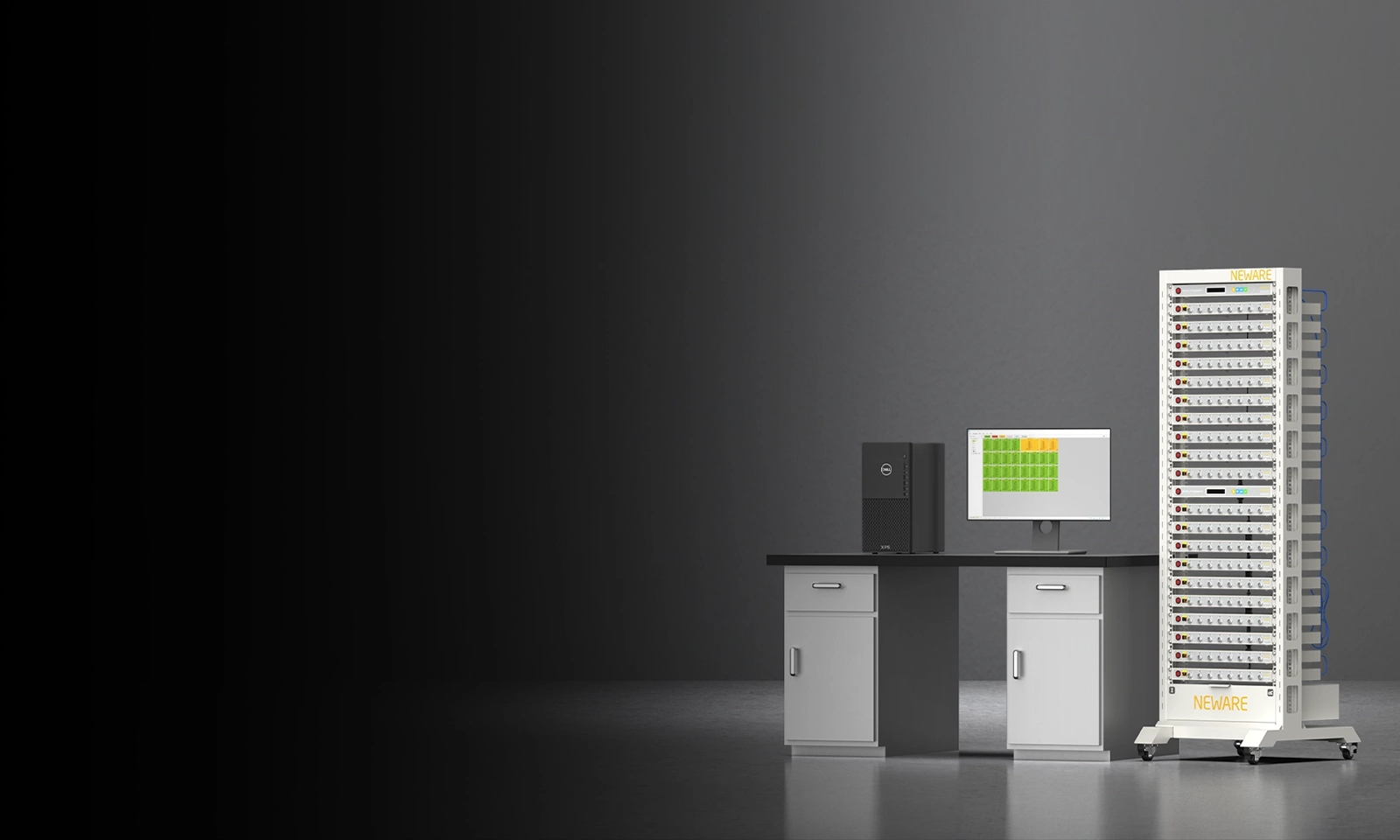
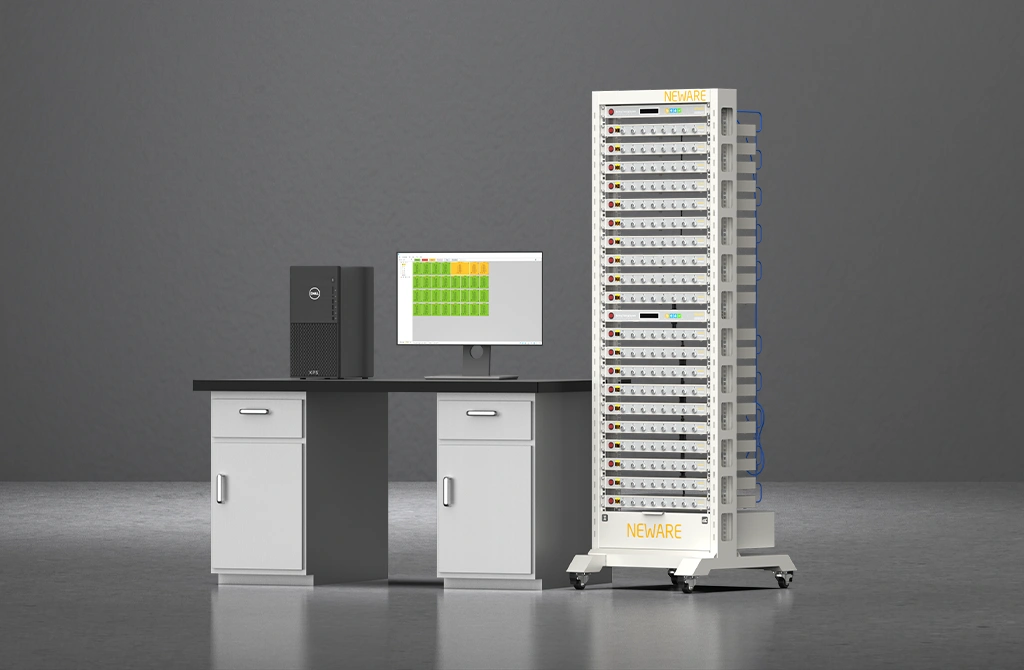
A foundational testing platform for hearing aid battery R&D and performance validation, simulating real-world micro-power consumption scenarios of hearing aid batteries.
Micro-current high-precision testing: the equipment supports a current range of 0.1μA to 100mA with an accuracy of up to ±0.02% FS, enabling precise simulation of the microamp-level operating states of hearing aids and accurate evaluation of their true capacity.
Cycle life testing: the system supports over 65,500 charge-discharge cycle tests, facilitating the assessment of long-term battery durability.
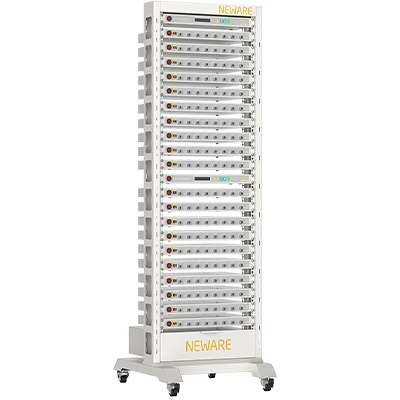
Voltage & Current Accuracy: ±0.01% F.S.
Recording Frequency: 10Hz
Sampling Time: 100ms
Current Response Time: ≤1ms
Minimum Pulse Width: 500ms
Off-Line Test: 1GB
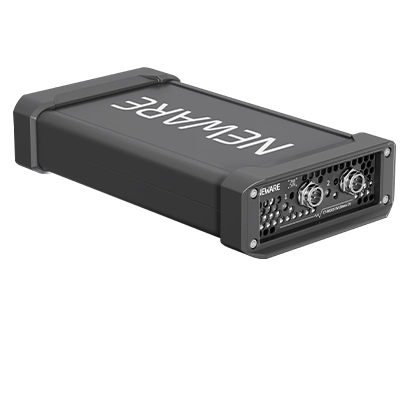
Voltage&Current Accuracy: ±0.01% F.S.
Recording Frequency: 1000Hz
Current Response Time: ≤20μs
CV Testing
Type-C Power Port
6-Range Current Measurement
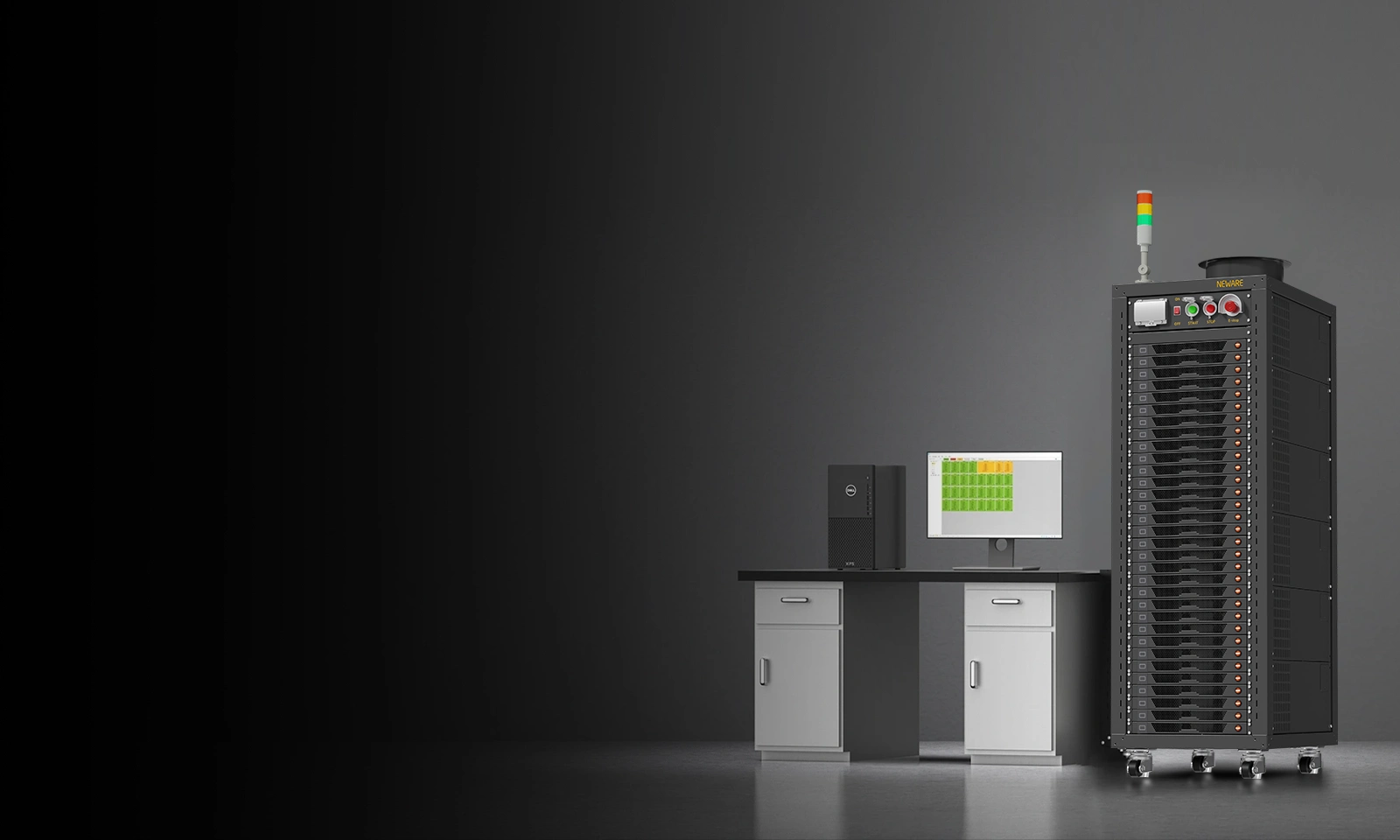

Features ultra-fast current response speed and supports in-depth research on hearing aid battery materials and electrochemical mechanisms.
Electrochemical analysis functions: the equipment supports DCIR (Direct Current Internal Resistance) testing and CV (Cyclic Voltammetry) testing, aiding in the evaluation of battery health status and material electrochemical activity.
SMBus communication: equipped with SMBus battery communication functionality, enabling real-time monitoring of battery status and providing immediate information for laboratory research.
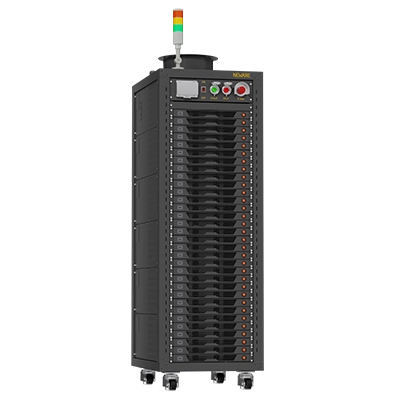
Voltage & Current Accuracy: ±0.02% F.S.
Voltage Stability: ±0.01% F.S.
Current Stability: ±0.015% F.S.
Sampling Frequency: 100Hz
Resolution AD: 16bit
Current Response Time: ≤1ms
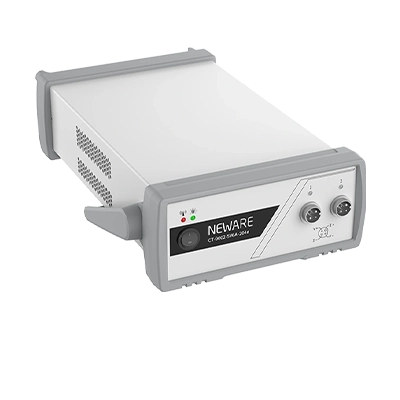
Voltage & Current Accuracy: ±0.02% F.S.
Voltage & Current Stability: ±0.01% F.S.
Recording Frequency: 1000Hz
Resolution AD: 16bit
Current Response Time: ≤100μs
Off-Line Test: 1GB
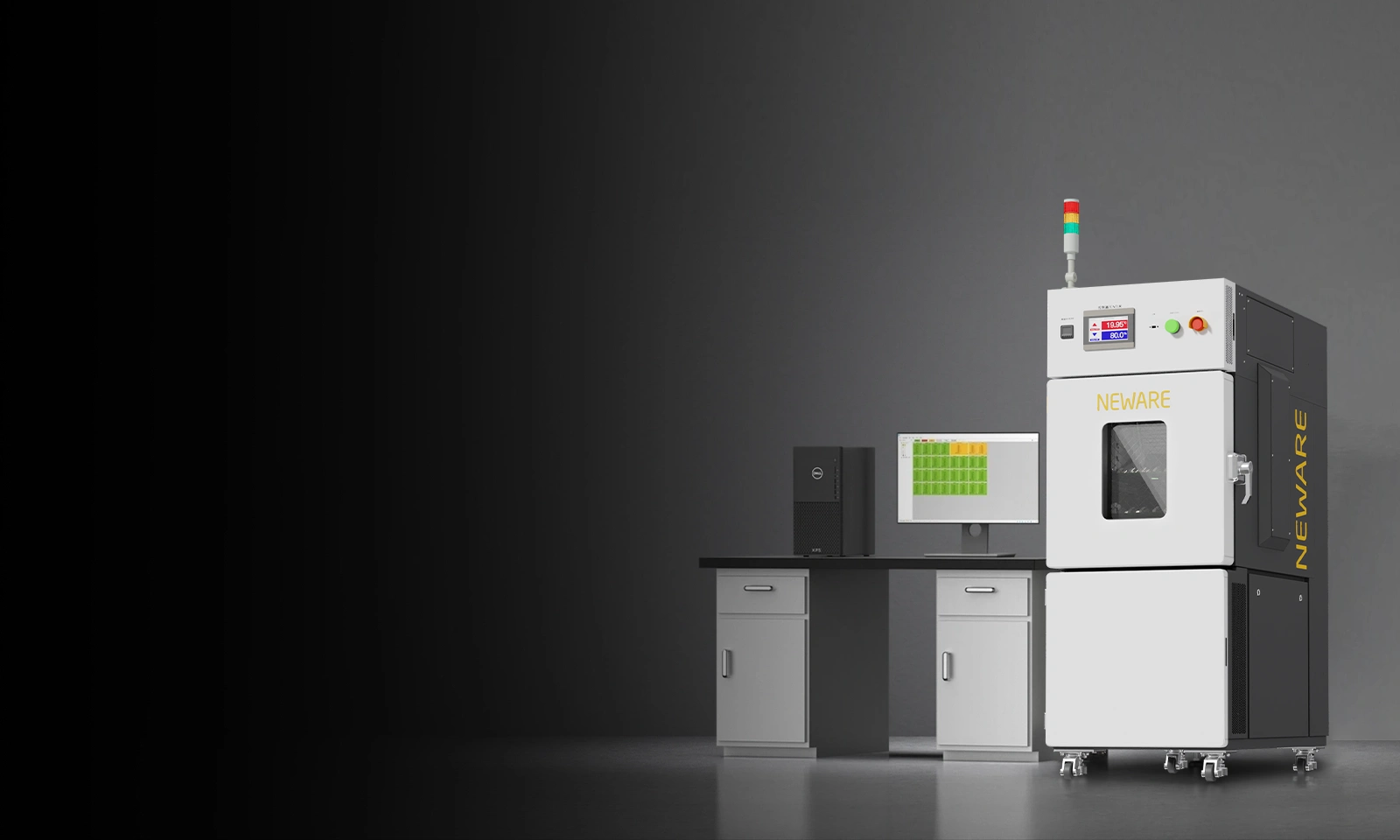
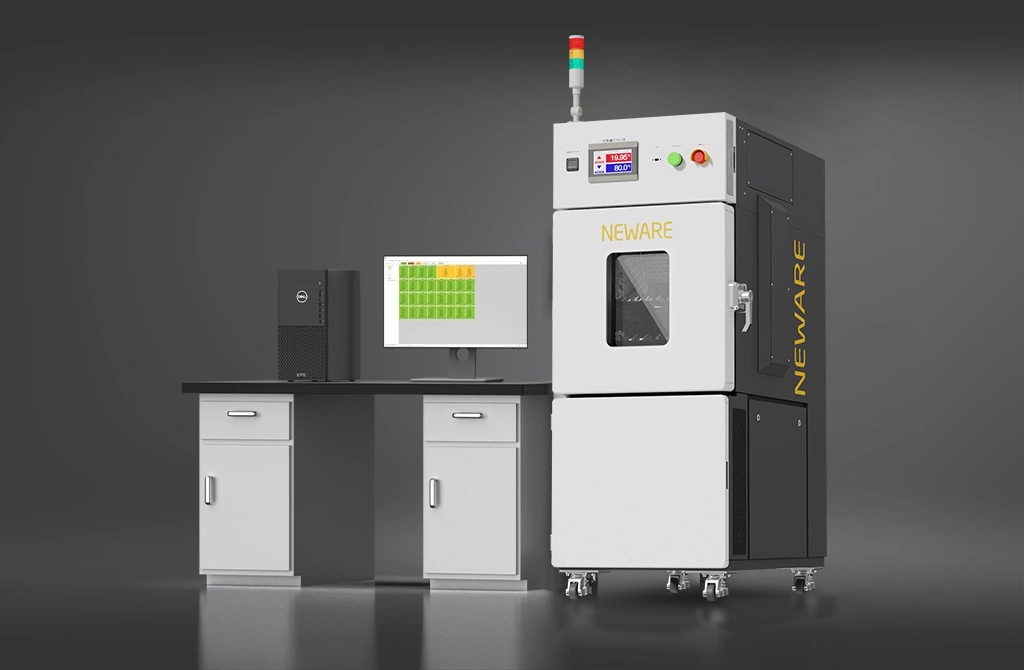
Hearing aids may be used in various climates and are affected by body temperature when worn close to the skin, making battery temperature adaptability crucial.
Integrated temperature control design: combines charge/discharge testing with temperature control to streamline the testing process.
Wide temperature testing range: provides a broad temperature testing environment from -70℃ to +150℃ to validate battery performance and safety under different temperatures.
Safety performance verification: evaluates thermal safety risks of batteries through testing under extreme temperature conditions.
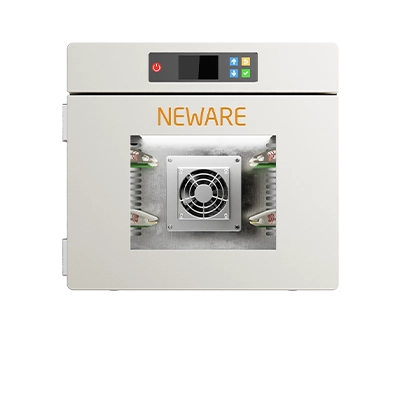
Voltage & Current Accuracy: ±0.05% F.S.
Sampling Time: 100ms
Number of Channels: 16CH
Temperature Range & Deviation: 32℉~140℉±3.6℉(15℃~60℃±2.0℃)
Heating Efficiency: 77℉~140℉≤50min
(25℃~60℃≤50min)
Cooling Efficiency: 77℉~59℉≤60min
(25℃~15℃≤60min)
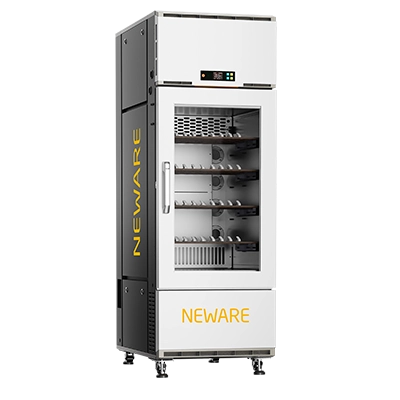
Voltage & Current Accuracy: ±0.01% F.S.
Recording Frequency: 100Hz
Number of Channels: 160CH
Temperature Range & Deviation: 32℉~140℉±3.6℉(0℃~60℃±2.0℃)
Heating Efficiency: 77℉~140℉≤30min
(25℃~60℃≤30min)
Cooling Efficiency: 77℉~32℉≤50min
(25℃~0 ℃≤50min)
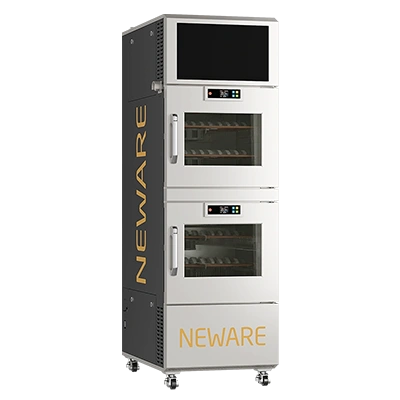
Current & Voltage Accuracy: ±0.05% F.S.
Recording Frequency: 10Hz
Current Response Time: ≤1ms
Temperature Range: 32°F~140°F (0℃~60℃)
Heating Time: 77°F→140°F≤30min
(25℃→60℃≤30min)
Cooling Time: 77°F→32°F≤50min
(25℃→0℃≤50min)

Current & Voltage Accuracy: ±0.05% F.S.
Data Logging Frequency: 10Hz
Temperature Range & Deviation: -94°F~302°F ±3.6°F(-70℃~150℃±2℃)
Temperature Fluctuation: ≤0.9°F(≤0.5℃)
Heating Time: 68°F→302°F≤60min
(20℃→150℃≤60min)
Cooling Time: 68°F→-94°F≤75min
(20℃→-70℃≤75min)
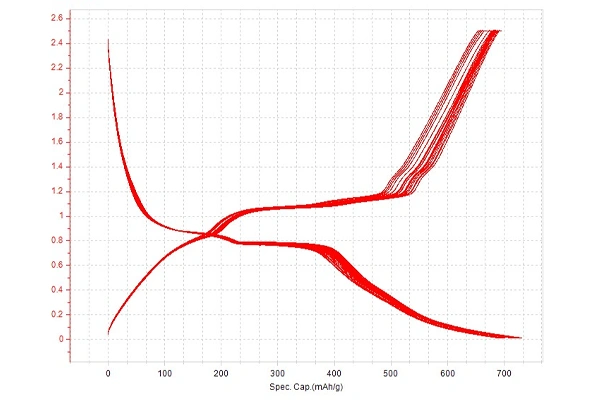
September 09, 2024
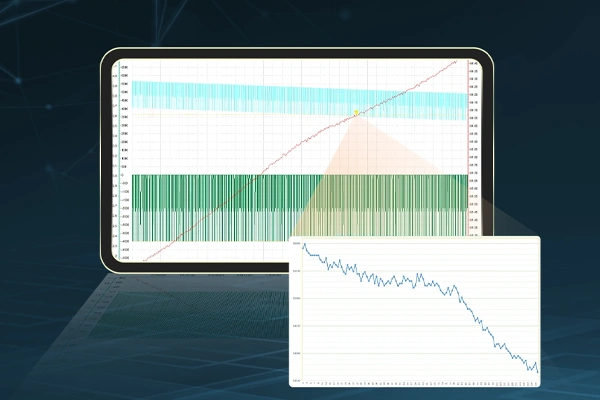
June 26, 2025
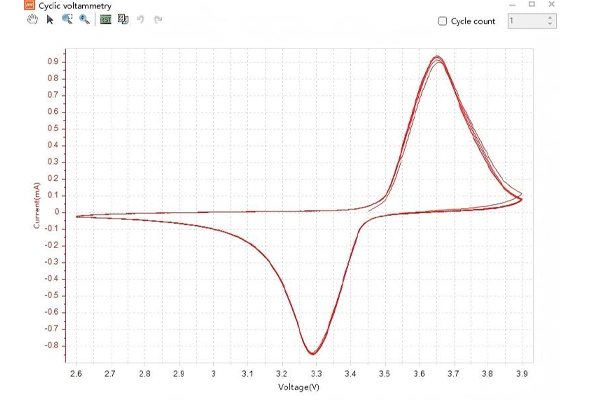
April 16, 2024
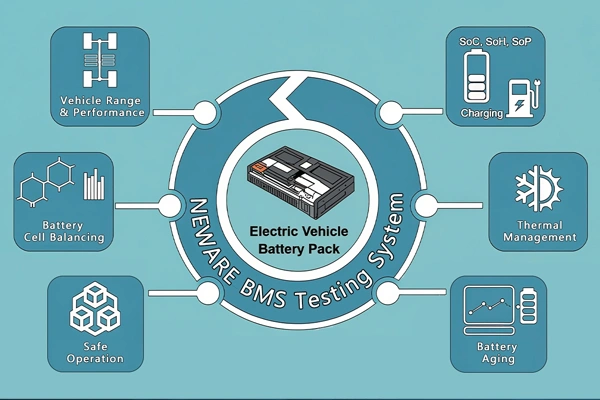
August 26, 2025